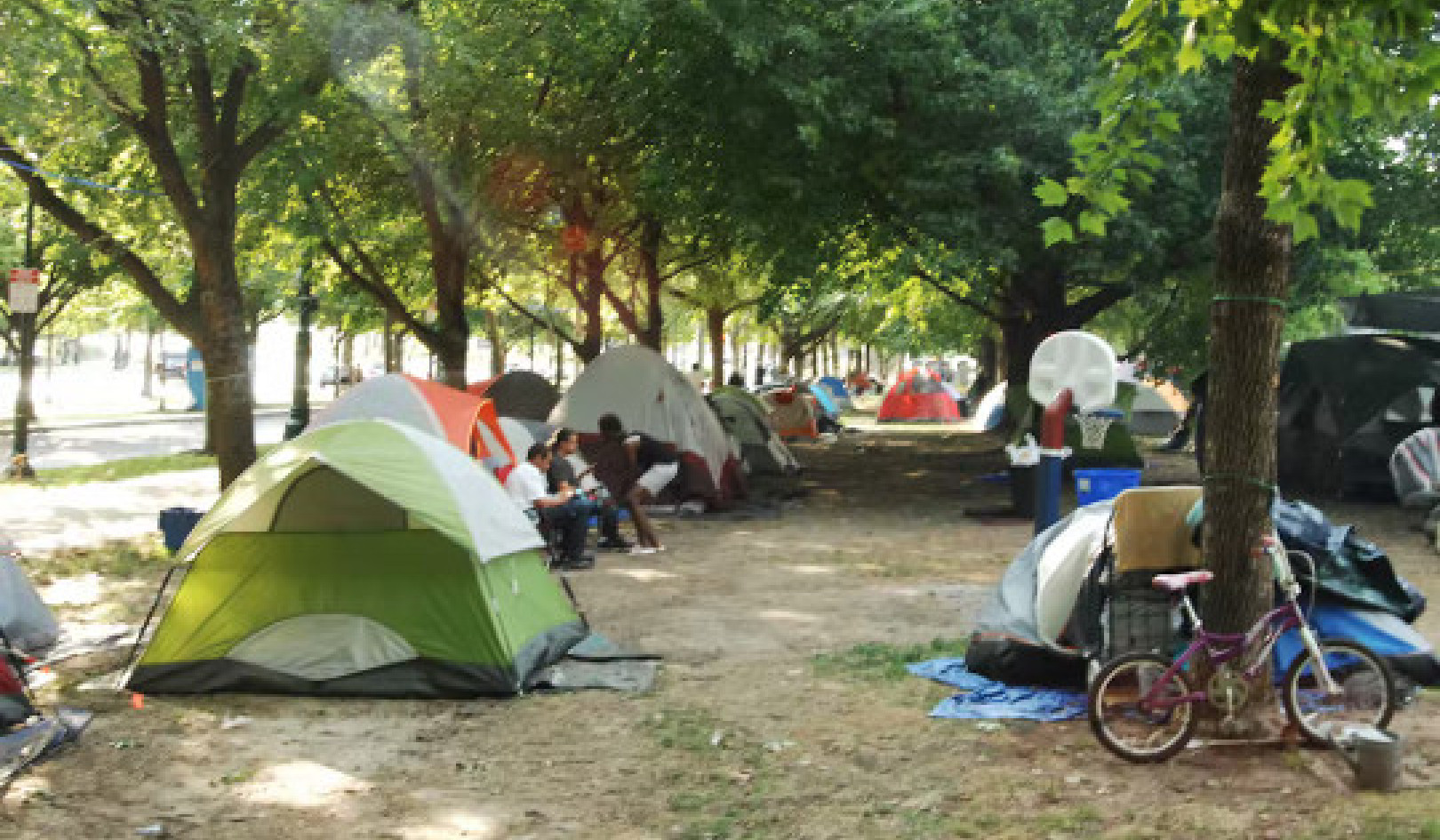
The number of farmers markets in the US has grown dramatically in recent years, but with an aging population of farmers, who’s supporting this growth? Meet the “new American farmer.”
Andrew Flachs, an environmental anthropologist at Purdue University, uses the term to describe a movement of younger people new to agricultural work who do it for different reasons than the conventional farmer. They may be motivated by higher education, personal politics, disenchantment with urban life, or the search for an authentic rural identity, he says.
In a new paper in the journal Rural Sociology, Flachs identifies several hot spots where this movement is really taking shape: the West Coast, central Texas and Oklahoma, central Florida, and the Great Lakes region.
“We’re seeing these hot spots pop up in the peripheries of hip cities,” Flachs says. “Some of these places might seem obvious, like the West Coast and the northern Midwest around Madison, the Twin Cities, and Chicago. But we also see some things that aren’t totally expected.”
“Sometimes when we think about these farmers, we picture young people with liberal arts degrees…”
Among the unexpected trends he found, east Texas and the southern Midwest are becoming increasingly important for this kind of agriculture. Appalachia, which has historically been a hub, essentially disappeared from the map.
In collaboration with Matthew Abel, an anthropologist at Washington University in St. Louis, Flachs built a model that counts how many traits associated with new American agrarianism appear in each county. With data from the USDA agricultural censuses from 1997 to 2012, they considered factors such as average sales per farm, number of certified organic farms, owners under age 34, number of farms selling directly to individuals, proximity to farmers markets, and more.
The findings show that newer farmers appear to thrive on the outskirts of cities that provide high demand and purchasing power, a large population, and a healthy number of farmers markets.
The price of real estate is another important factor in determining where these markets can flourish. Rural developers have steadily increased farm real estate over the last few decades, which could deter newer farmers from settling down there. Concentrations of urban wealth drive up real estate costs in the city while simultaneously creating new niche markets, making space for younger farmers to exist between urban and rural landscapes.
Identifying where new and small farmers live and work will pave the way for further research on what’s motivating this budding sector of the agricultural economy. New American farmers occupy an important intersection of niche marketing strategies, environmental politics, and rural demographic change that could have a significant impact on food production and social life in agrarian landscapes, according to the paper.
Flachs points out that many new American farmers approach agriculture with hopes to embody a nostalgic past where food and environments were healthier, but others may be simply trying to make a living as farmers amid dissatisfaction with conventional agribusiness. Although it’s easy to stereotype, it’s unlikely that all new American farmers fit this description.
“Sometimes when we think about these farmers, we picture young people with liberal arts degrees looking for some kind of connection to the earth or wanting to work with their hands,” Flachs says. “What we found is that that’s probably not the most representative view of who these people actually are. I’m glad to have my stereotype broken up by the data.”
Funding came from Purdue, Washington University in St. Louis, and the Volkswagen Foundation.
Source: Purdue University
Related Books
at InnerSelf Market and Amazon


























